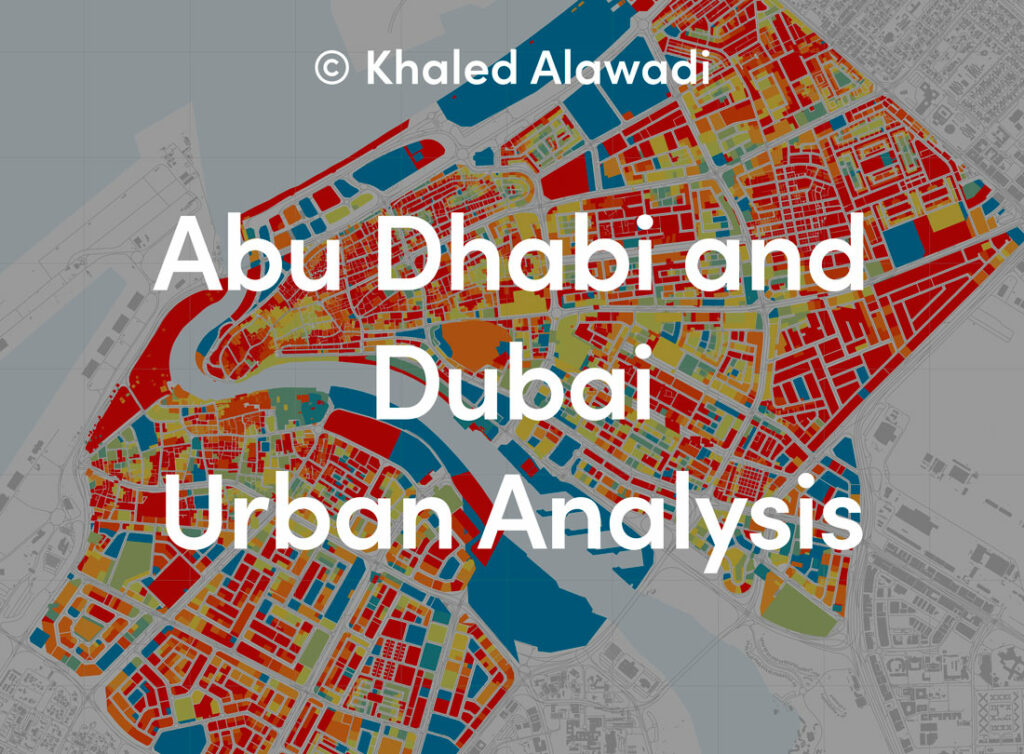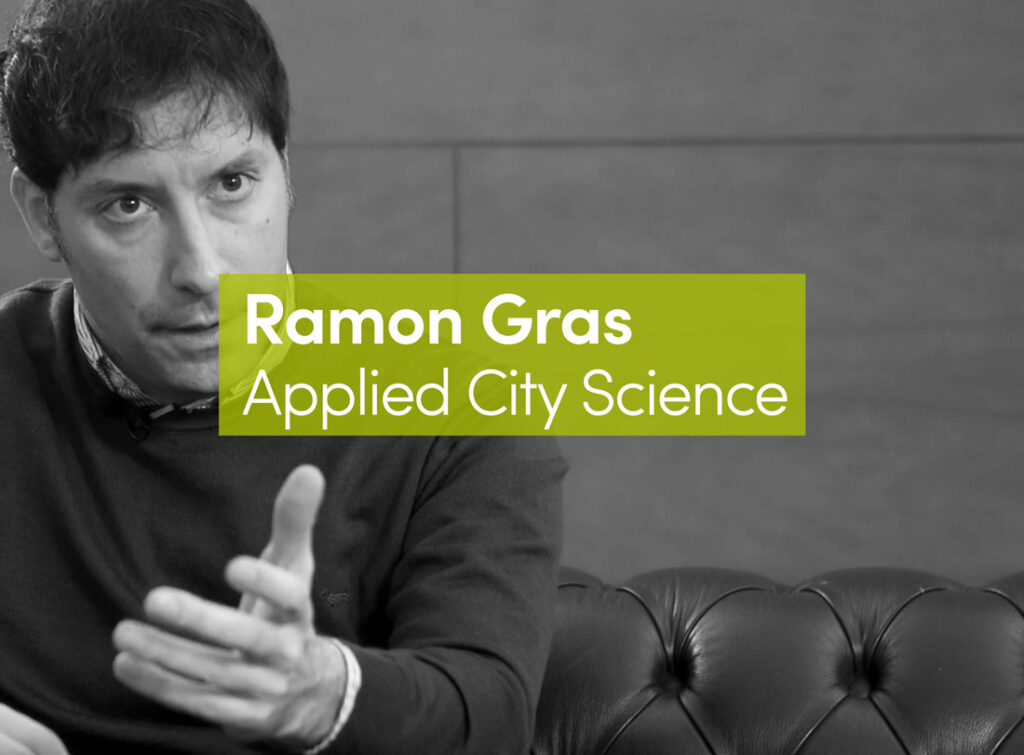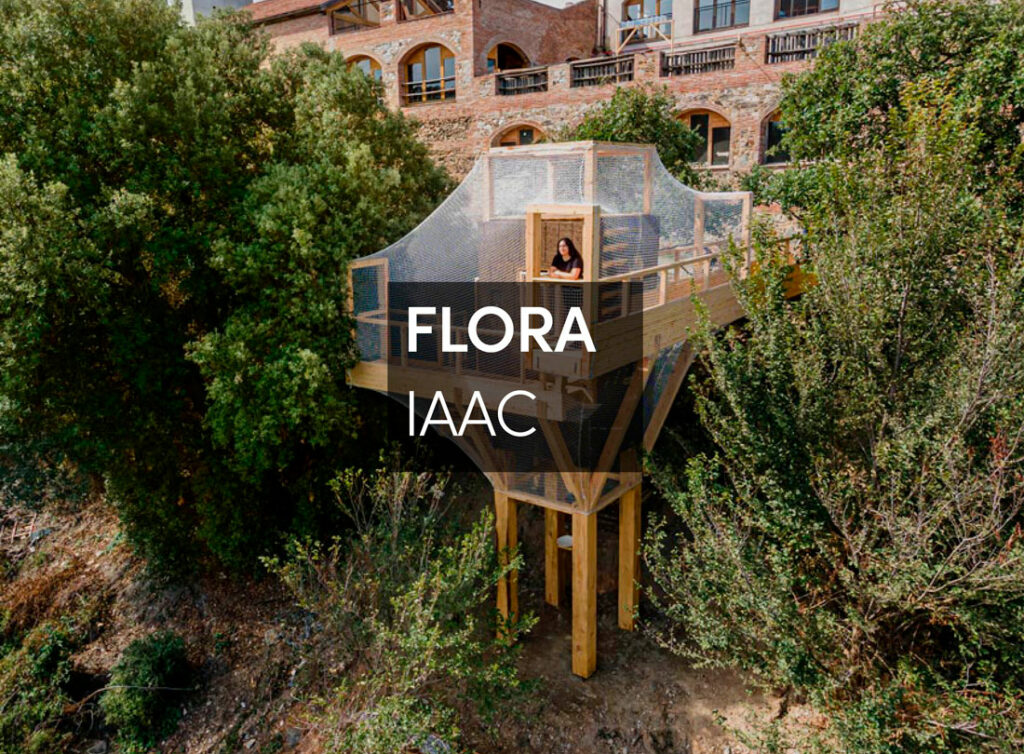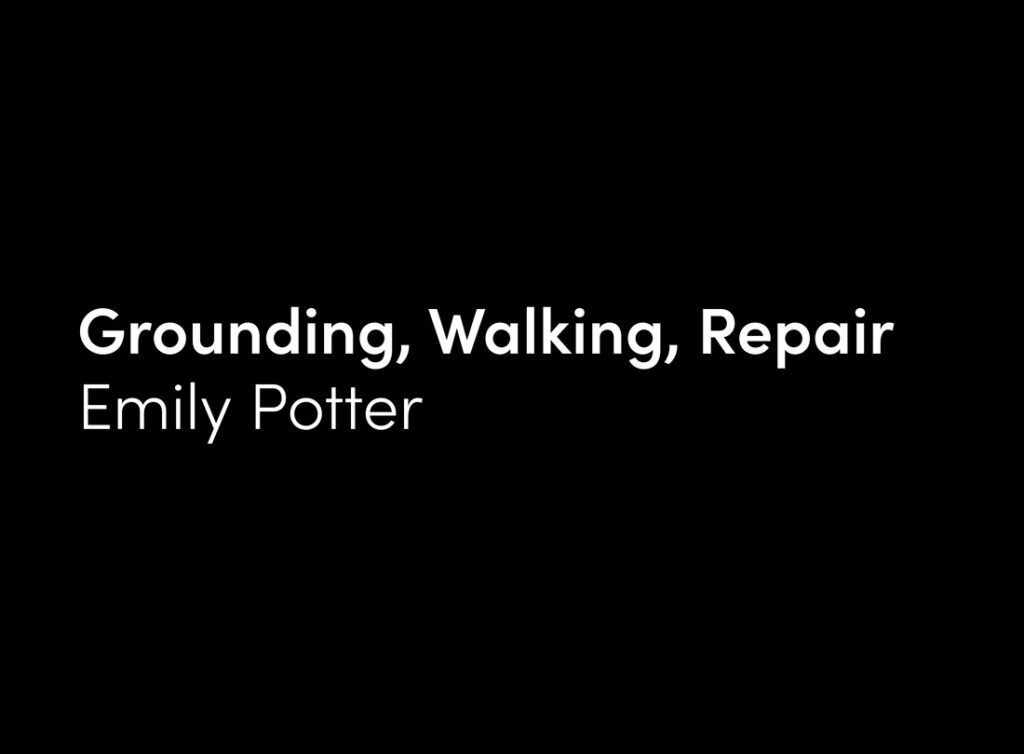What’s wrong with Moscow’s cyclist -and pedestrian- friendly policies?
More cars and more metro: two-faced transport policies in Moscow
Overreliance on private automobiles is one of the key concerns for most cities worldwide. Moscow is no exception. Rapid motorization of the post-Soviet era compelled the ex-mayor of Moscow, Yuriy Luzhkov, to focus primarily on building roads, which in Moscow took the form of a strange and detrimental combination of streets and highways. Building the Third Transportation Ring and major outbound arteries of the Big Leningradskiy and Krasnopresnenskiy Prospects became Luzhkov’s key failed efforts to tackle congestion through providing more space for cars. The absence of traffic lights and left turns, spaghetti junctions and extra lines with public transport stops cutting through existing residential areas did little to help the city suffocating from traffic jams.[1] Neither urban streets nor highways, they simply redistributed traffic bottlenecks around the city rather than eliminating them.
This does not mean, however, that Luzhkov turned a blind eye to public transportation: during his tenure in office from 1992 to 2010, the Moscow subway network grew by 2.7 kilometers per year on average. While trying to satisfy both drivers and passengers, however, the infamous ex-mayor failed to address the needs of either. According to the Center for Transport Infrastructure Studies, in 2007 the average speed of traffic flow in Moscow was mere 28 km/h, while the city metro system suffered from significant overcrowding in peak hours.[2] By 2010, the unchecked automobilization of Moscow had resulted in a 30% overrun of the carrying capacity of Moscow’s transportation system.[3]
Appointed in 2010, Mayor Sobyanin started out by approaching Moscow’s transportation crisis in a similar fashion. Since 2012 Moscow’s annual budget for transportation infrastructure construction was around 400 bln rubles, which is 10-15 times more than average government spending on transportation in other Russian regions. From 2012 to 2016 the new Moscow government built twice as many metro lines than during Luzhkov’s term: 5.9 km per year on average. A few more important outbound avenues with questionable anti-congestion characteristics were provided, including Yaroslavskoe shosse, Dmitrovskoe shosse, Varshavkoe shosse and others.
A swing towards sustainable transportation
However, the Moscow government under Sobyanin went even further. In 2016, Moscow’s public transportation system was strengthened by the brand-new 54-kilometer-long heavy rail passenger service called the Moscow Central Circle Line. The Moscow government also launched intelligent transportation and paid parking systems, which, according to the Moscow Department of Transportation, reduced traffic accidents by 46%, and parking violations and average time by a factor of 3 as compared to 2010. In just over 3 years, the paid parking zone grew from the pilot Petrovka street in 2014 to the entire area within the Third Transportation Ring in 2017, representing 37% of the total city area. Violators were fined heavily and ruthlessly penalized by vehicle towing. In 2015-2016, as a result of the city taxi reform, the number of yellow city taxis grew significantly, while fares and waiting time declined. The service quality of private public transport companies improved dramatically following the city’s requirement to align their operations with the standards provided by the municipal operator, Mosgortrans, which, among other things included general acceptance of the unified smart transportation “Troyka” card. A massive public transport fleet renovation program was launched in 2010 and is still under way. Today 75% of Moscow’s public transportation rolling stock is modernized, which makes it the youngest in Europe. 98% of the fleet meets the needs of physically challenged passengers. In 2017 the Moscow government bought 300 trams. Over 250 kilometers of dedicated public transport lanes, as well as a whole new route network in the city center, are now in operation. The Moscow government recently passed a law allowing private companies to provide carsharing services. Over 250 km of bicycle lanes were introduced along with 330 bikesharing stations and a fleet of 3300 bikes. On top of all this, in 2015 the Moscow government launched a 3-year-long “My Street” program involving massive reconstruction of streets and the improvement of a variety of pedestrian facilities in the city center.
While these achievements seem quite impressive and comprehensive, and have even been recognized by the prestigious UITP[4] award, something is not right.
The tyranny of the ‘comfortable city’
First, the implementation, in reality, does not follow or entirely contradict plans. For example, the strategic program “The Development of Transport System in 2012-2016”, adopted in 2011, made provisions for 1089 new trolleybuses through 2016, whereas the real number turned out to be only 427. Moreover, in 2016 the Moscow government removed almost all trolleybus lines in the city center, citing their “ineffectiveness”, despite objections from the trolleybus operator company and experts. Later on, all trolleybuses were substituted with diesel buses regardless of a vocal citizen protest. On the other hand, the 2011 program edition set the goal of 72 km of bike lanes by 2016, yet presently their total length is triple the planned number. The 2011 plan for 32.8 km of sidewalks to be provided annually pales beside the 147 km built in reality in 2015.
Second, changes in strategic policy decisions, priority and goal-setting concerning sustainable mobility in Moscow seem to be made voluntarily. For example, one might think that the above-mentioned shifts in implementation versus plans took place following a rigorous analysis of the changes in the policy and socio-economic development context and the corresponding implications for the city transportation system. In fact, the program was edited 8 times for reasons that remain unknown, which makes it hard to believe that any rational substantiation took place each time. More specifically, how can the original 2011 goal of 1.2% of all transportation system users to become cyclists by 2016 be justified? Where does it come from? Why 1.2%? Why users, as opposed to the total number of trips? You will not find answers in the 2011 version of the program. Moreover, the newer program editions do not contain any numeric goals at all. The program for the reconstruction of Moscow streets presents another example. Pokrovka and Pyatnitskaya streets were redesigned as pilots back in 2014. But as the program was rolled out to almost 200 streets, with associated budget expenses of over 80 bln rubles in 2015-2017, no analysis of the experiment took place, no set of indicators was introduced to keep track of the socio-economic and environmental implications of such sweeping actions to inform future decision-making.
Third, the Moscow government does not involve the public in either the strategic or everyday decision making processes. Nor is it interested in constructive feedback from citizens. Therefore, no rational arguments, research or data corroborating its actions are provided. The public good of a more ‘comfortable city’ – the term the Moscow government uses all too often in the media – is bestowed upon ‘ignorant’ citizens. For example, the analytical substantiation and resulting parameters for the paid parking program, such as the extent of paid zones and fees, were never offered for public deliberation. Muscovites do not have a say or even information, not only about strategic things such as public spending priorities or the taxes and fares they pay to the city’s coffers, but also about everyday routine activities, such as the schedules for fixing the streets they live on. Neither drivers nor pedestrians understand the city’s actions and motivations. As a result, the popular reaction to government actions is either resignation, pent-up distrust or outright protest. According to WCIOM[5] all ideas in Russia are created by technocrats and realized by bureaucrats. In other words, there is only one real stakeholder in public policy in Moscow: city officials.
Moreover, Moscow’s ecomobility measures are not backed up by the provisions and framing of the corresponding federal policy agenda. The experience of other countries leading in sustainable transportation shows that attention to cycling and walking at the national level often anticipates and stipulates local actions. However, the Federal Ministry for Transportation shows no interest in ecomobility. The National Transportation Strategy until 2030 does not contain any legal, financial or policy mechanisms to advance sustainable transport at the local level. From this point of view, the Moscow case is unique in that the city demonstrates true leadership in the matters of ecomobility, especially against the backdrop of a hypercentralized character of state decision-making in Russia, while having every opportunity to abuse its power at the same time.
A top-down, ungrounded, technocratic, couldn’t-care-less style of decision-making is nothing new in Sobyanin’s Moscow. In fact, compared to the lawlessness of the recently announced khruschevkas renovation epopee, the ecomobility program is a walk in the Gorky park. But why did the Moscow government, with its long-standing preoccupation with improving driving conditions in the city, all of a sudden become so genuinely interested in something as citizen-friendly and sustainable as ecomobility policies in the first place?
“Just like in Europe”
The Moscow Department of transportation has a fancy for, as well as a deep understanding of, trendy transportation policies practiced by countries that are more advanced in terms of sustainable transportation. The Department has sufficient resources and a strong capacity to analyze in great detail the administrative and legislative background of any transportation solution in any country. For example, the above-mentioned reform of private public transport operator companies was based on London’s approach to public transportation management. However, in the case of ecomobility, best international practice seems to be adopted to make an impression, rather than realize a specific long-term, well-thought-out vision.
While it is crystal clear that increasing the cost of car ownership, cutting down on driver privileges and improving quality public transport remain the only solution to fight traffic jams, the city is still inconsistent in addressing its transportation challenges. Just like decades ago, Moscow is still taking half-measures of improving commuter facilities while keeping drivers not too unhappy. As huge investments are made in public transportation, approximately the same amount of public money is spent on widening roads and building more spaghetti junctions. As a result, despite the fact that the overwhelming majority of trips are made on public transport, the city is still suffering from severe traffic congestion: 91 hours of delay annually according to INRIX, 158 hours according to TomTom.
Furthermore, it is clearly not environmental awareness or urban sustainability ambitions that drive the ecomobility agenda. Moscow’s ecomobility programs are not integrated with its environmental policy. No overarching green or sustainable urban development strategy exists to validate and ensure credibility of Moscow’s ecomobility initiatives. Despite the fact that 2017 was announced as the year of ecology in Russia, Moscow government officials have not bothered to provide any ideas on potential environmental and public health benefits of their current sustainable transport actions, thus missing out on a lot of public support potential.
In other words, the blind transfer of ecomobility policies from best international practices to the Moscow reality simply makes up for the absence of an ambitious urban development vision, long-term planning based on sound analyses, substantiated decision-making, clear priority setting and a meaningful public participation process. The rationale for the ecomobility initiative in Moscow is defined entirely by the political strategy of the current Mayor’s team, i.e., paternalistic care for its constituency’s quality of life, as well as the appearance of policy innovation. Policy priorities are driven by the interests and lobbying power of the construction and real estate tycoons, fleet maintenance and manufacturing businesses and corresponding financial and political gains for the Moscow government. Ecomobility means anything but sustainable transportation to the Moscow government. Each department treats it according to its own conflicting interests, making any meaningful coordination virtually impossible. Suffice it to say that, for the Department for Public Utilities and Amenities, the implementation of the “My Street” program of pedestrian facilities renovation brings in a sustainable average annual budget of 30 bln.
The sweeping success of the reconstruction of Gorky Park made the “just like in Europe” criterion central to urban development in Moscow. Improvements to cycling and pedestrian infrastructure fit with this requirement perfectly. Cheap and easy to build, it is also a perfect means to keep citizen protests at bay, which proved to be extremely important for the government of Moscow after the social unrest of 2011-2012.
Ultimately, when it comes to transport policy, today’s Moscow is not much different from Luzhkov’s Moscow. The only difference is that Sobyanin is demonstrating more attention to international experience as a proof of his progressiveness, which happens to be associated with significant political and financial gains for all involved officials. Disguised as a citizen-friendly and environmentally friendly solution for an ambitious modern megalopolis, Moscow-style ecomobility is anything but an indication of a real shift towards greater sustainability or citizen engagement. Therefore, why bother about democratic governance?











